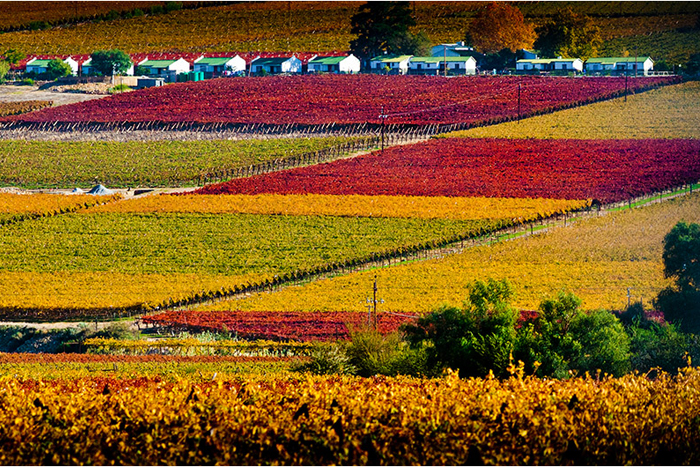Climate change and health


A new chapter written by Dr Rebecca Garland of the Council for Scientific and Industrial Research (CSIR) and Associate Professor Hanna-Andrea Rother from UCT's School of Public Health and Family Medicine (SPHFM) is putting the health of southern Africans on the global climate change agenda.
The 'Human Health' chapter of the second edition of Climate Risk and Vulnerability: A Handbook for Southern Africa covers pertinent issues within the climate change and health nexus, such as key drivers and processes of change within human health, response measures and the health sector’s role in mitigation.
Research conducted by students and staff from the SPHFM, UCT's Primary Health Care Directorate and Groote Schuur Hospital enriches the chapter with case studies on specific southern African climate risk factors and their impacts on health.
Among them is the case study of Groote Schuur Hospital’s model of climate change mitigation initiatives by Professor Edda Weimann and Dr Bhavna Patel. The hospital is leading the way in curbing greenhouse gas emissions, reducing energy consumption, increasing recycling while reducing waste, and developing education programmes.
Elsewhere, PhD student Cliff Zinyemba looks at pesticide use among small-scale Zimbabwean cotton farmers. His findings reveal climate change as one of the key factors in farmers’ exposure to hazardous pesticides as increasing temperatures discourage them from using adequate protection.
Collectively, the case studies focus on issues affecting vulnerable populations such as children, residents of low-income communities and outdoor labourers from across the region.
The chapter demonstrates that climate change has the potential to contribute to the overall burden of disease in southern Africa by making people more vulnerable to the health impacts. In addition, links between climate and health are not well quantified, which makes prediction of the impact of climate change difficult and puts the health sector in a precarious and vulnerable position.
By translating the latest climate change information in a relevant manner, the writers hope to contribute to informing decision-makers and building knowledge in the region.
The handbook can be accessed in full, as a summary, or viewed on YouTube:
Full text of the handbook is available for download
An executive summary of the handbook is available for download
A short summary video of the handbook is available for viewing